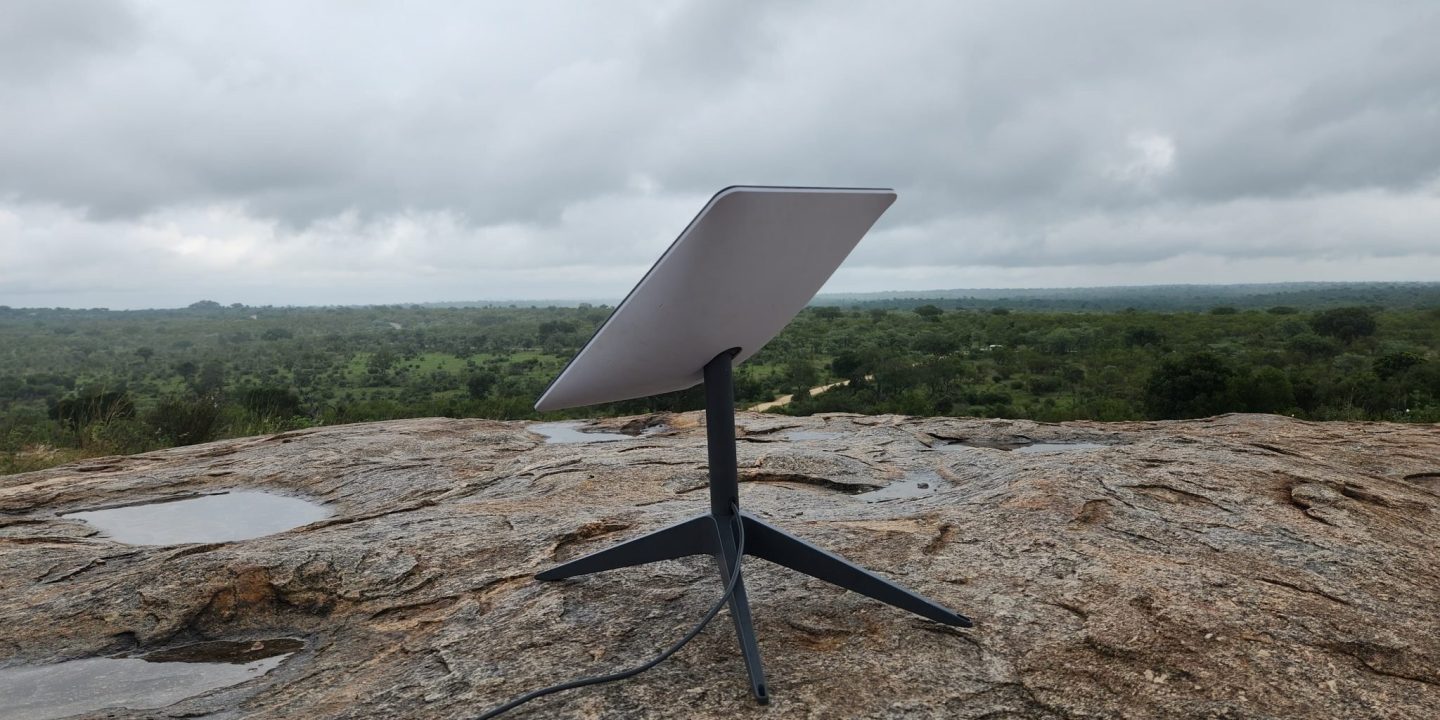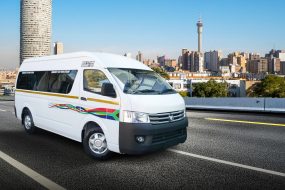
Starlink is gearing up to restore its regional roaming services in African countries soon. This move could open the door for new South African users to gain access to SpaceX’s high-speed satellite Internet service.
However, while the return of regional roaming brings new possibilities, it might also come with stricter regulations that could pose challenges for local users.
Starlink’s Unofficial Presence in South Africa
Despite Starlink not yet securing official approval for operation in South Africa, many locals have managed to use the service since early 2023. This became possible when the company initially enabled regional roaming, allowing South Africans to connect even without a local Starlink presence.
The roaming feature was originally designed for users in countries where Starlink was officially licensed, enabling them to access the service while traveling in other regions. But for over a year and a half, South African users could take advantage of roaming indefinitely outside of their home country—a major win for those seeking better Internet options.
While roaming was slightly more expensive than standard residential plans, it remained a popular workaround. However, getting the necessary hardware was another hurdle, as Starlink was initially only available in select African countries like Nigeria and Kenya.
To bypass these restrictions, third-party distributors began importing Starlink kits for South African users. Some operators even went as far as registering and managing Starlink accounts on behalf of customers—an action that violated Starlink’s terms of service. As a result, hundreds of users lost access when Starlink cracked down on accounts that weren’t directly managed by their rightful owners.
Other intermediaries took a more cautious approach, merely handling kit shipments while allowing customers to maintain full control of their accounts—avoiding any repercussions from Starlink.
As Starlink gradually expanded its availability to more African nations, including Botswana, Eswatini, Mozambique, and Zimbabwe, acquiring a kit became easier and more affordable for South Africans.
The Sudden Pause in Regional Roaming
In November 2024, Starlink halted new sign-ups for its regional roaming service. The decision was reportedly driven by concerns over misuse, including unauthorized usage in restricted areas and in countries awaiting regulatory approval.
Although Starlink primarily aims to serve rural areas with limited connectivity options, its service has seen soaring demand in major African cities. Its combination of high-speed performance and competitive pricing has made it a game-changer compared to traditional uncapped Internet services.
However, by mid-2024, cities like Nairobi, Lagos, and Harare experienced significant slowdowns due to congestion. The overwhelming demand led Starlink to temporarily stop taking new orders while working on increasing its satellite capacity.
Following the pause, only South Africans with existing regional roaming plans—now rebranded as “Roam Unlimited”—could continue using the service. New users had to opt for a much more expensive global roaming package instead.
A New Version of Regional Roaming is Coming
According to an update from Stellar Systems, a Starlink distributor in Zambia, the company is preparing to reintroduce regional roaming with stricter policies and data limits to prevent misuse.
On March 1, 2025, Stellar Systems shared a Facebook post detailing recent satellite launches that have expanded coverage in areas surrounding Lusaka. They also provided comparison images of the Starlink coverage map, highlighting that previously “Sold Out” zones—where Starlink had stopped accepting new users—had shrunk in size.
Additionally, several smaller cities in Zambia and other African countries that were previously at full capacity have now reopened for residential subscriptions. Among them is Bulawayo, which no longer carries a “Sold Out” status.
What remains uncertain is how Starlink’s new “stricter” policies and data limits will impact South African users.
Currently, regional roaming users are required to return to their registered country every 60 days. This rule was implemented to prevent users from exploiting pricing differences between countries. However, some customers have discovered a workaround—pausing their subscription for a few days, which resets the 60-day counter.
Another factor that may have contributed to Starlink’s temporary halt on roaming subscriptions is Africa’s limited number of ground stations. These facilities are crucial for routing Starlink’s Internet traffic to the global network backbone.
While Starlink can operate without nearby ground stations, the data must instead be transmitted via laser links between satellites until it reaches one connected to a station. This increases latency and places additional strain on inter-satellite communication.
For most of the time that regional roaming has been available, Africa had only one Starlink ground station, located in Nigeria. However, this changed in late January 2025 when a second ground station was launched in Kenya.
As Starlink refines its strategy and network infrastructure, the return of regional roaming could mark a significant shift for South African users—either making the service more accessible or introducing new hurdles to overcome.












